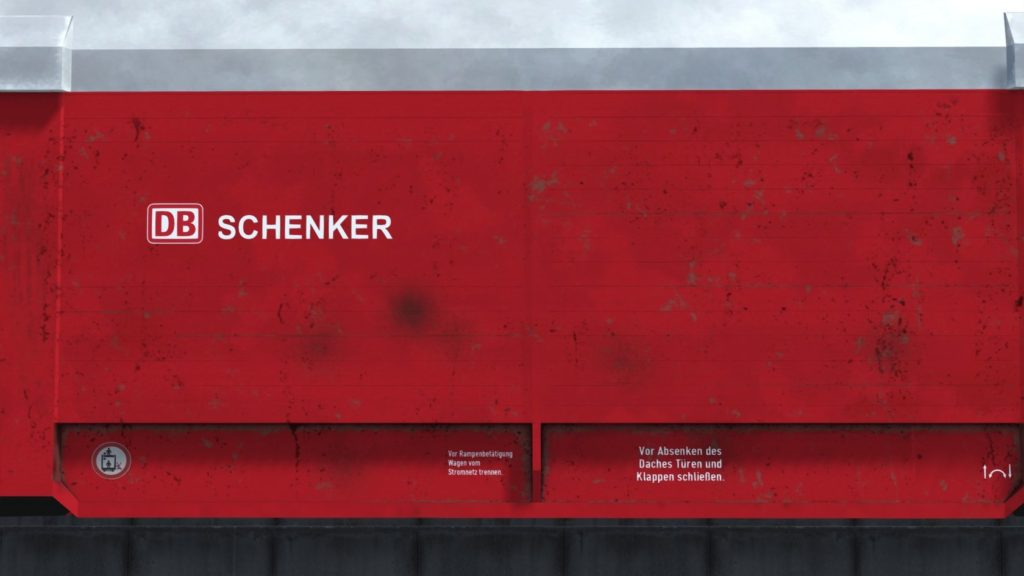Wagon Provision and Wagon Procurement

The DB rolling stock procurement strategy must be ascertained. DB’s fleet will combine directly-owned and, presumably, leased locomotives and wagons. If the fleet consists of both directly owned and leased vehicles, the respective proportions must be known. Increasingly, transport providing companies favour vehicle leasing, since leasing replaces high CAPEX with steady OPEX, and the leasing entity provides maintenance and bears associated costs of running. Leasing also provides the using entity to scale capacity according to changes in customer demand patterns: extra vehicles can be leased at short notice and on a short-term basis.
In the majority of cases, DB supplies and maintains wagons for usage by customers. Such provision is a major value-adding element of the rail freight service provision model. Ownership of wagons represents a cost complexity that producers of goods or extractors of coal, for example, would prefer to avoid, unless their loads are highly bespoke in nature and their transportation requirements unusual.
Highly experienced, geographically and functionally diverse companies, such as DB SR, will likely prefer a direct ownership model, since per-unit prices of rolling stock or most other products will likely decline with the number of units ordered. DB is likely to request locomotive builders to incorporate proprietary technologies. Customer involvement in design is less probable with leasing arrangements.
